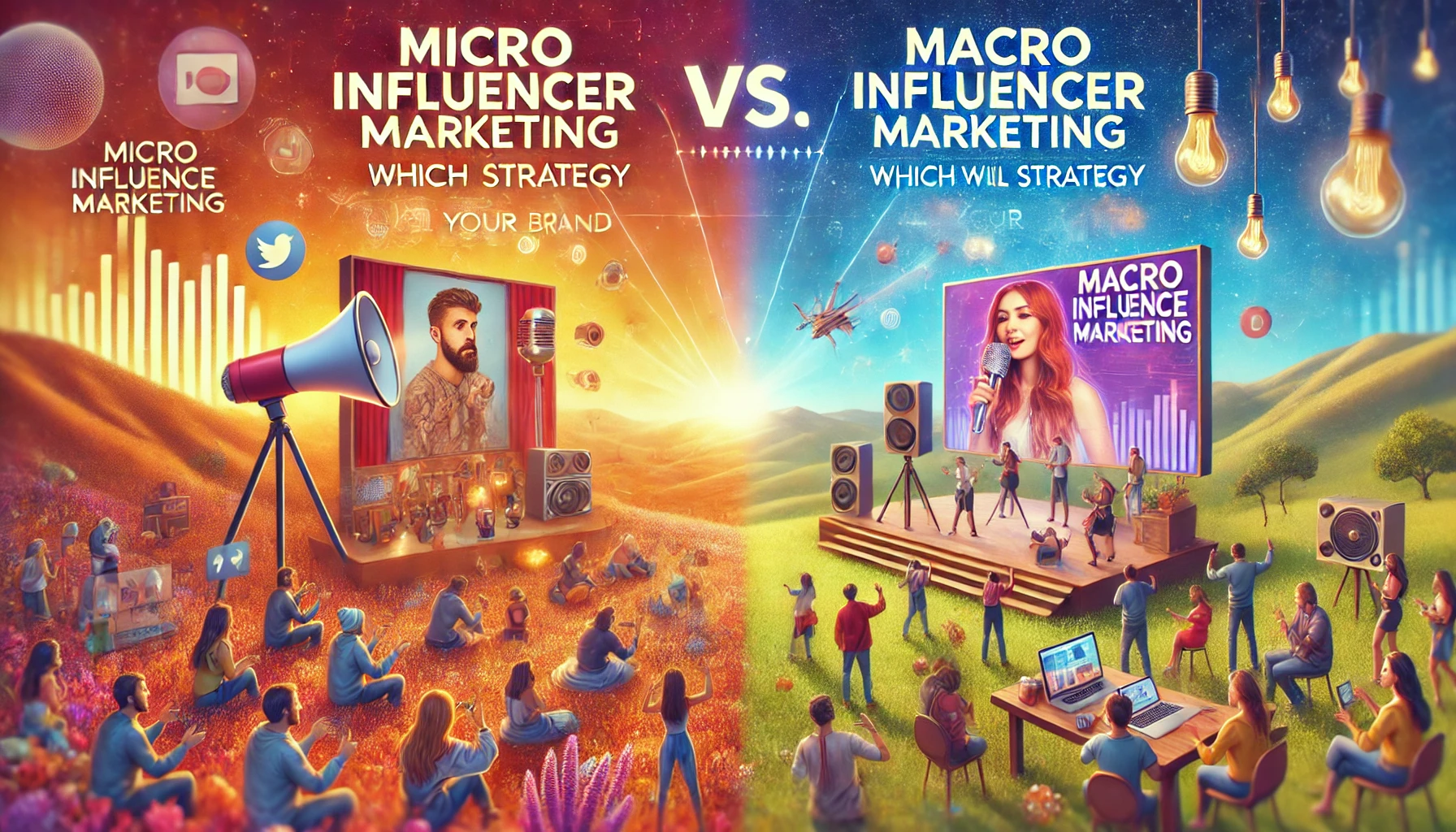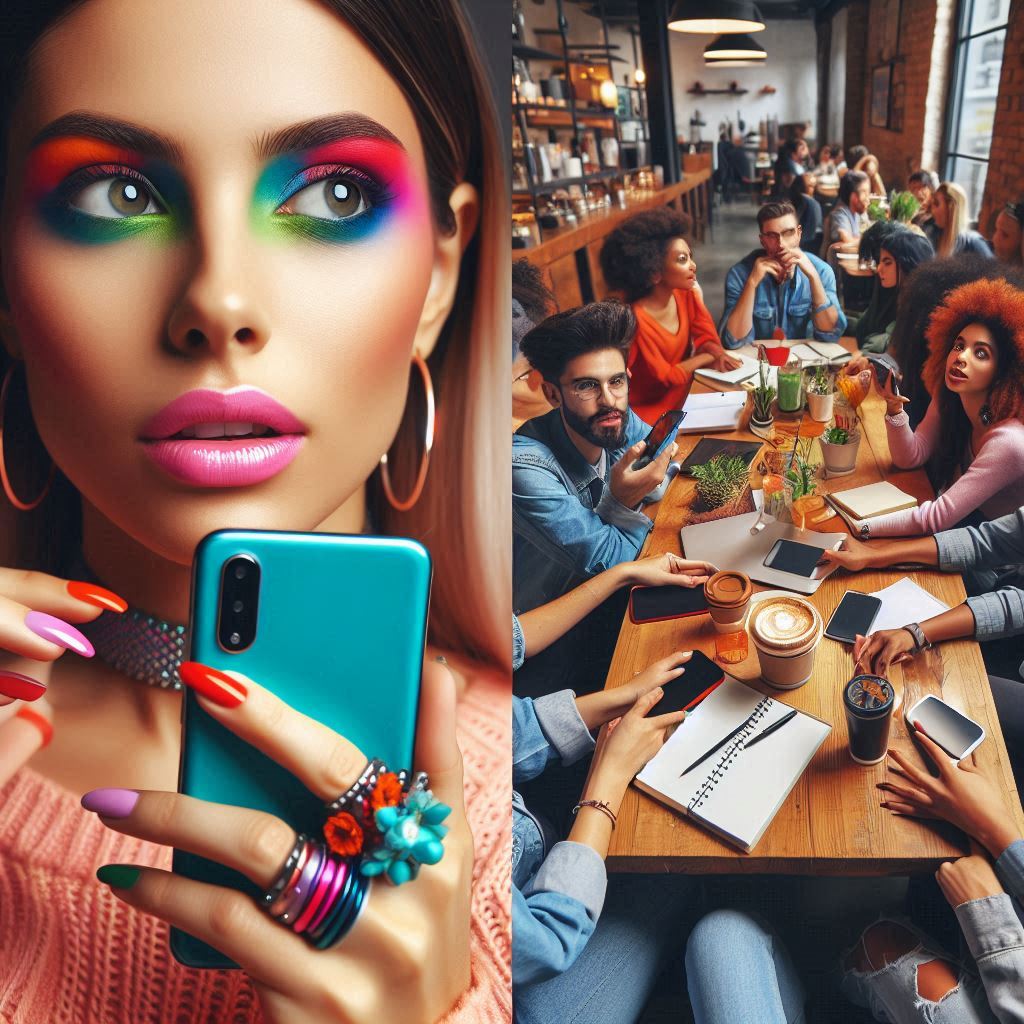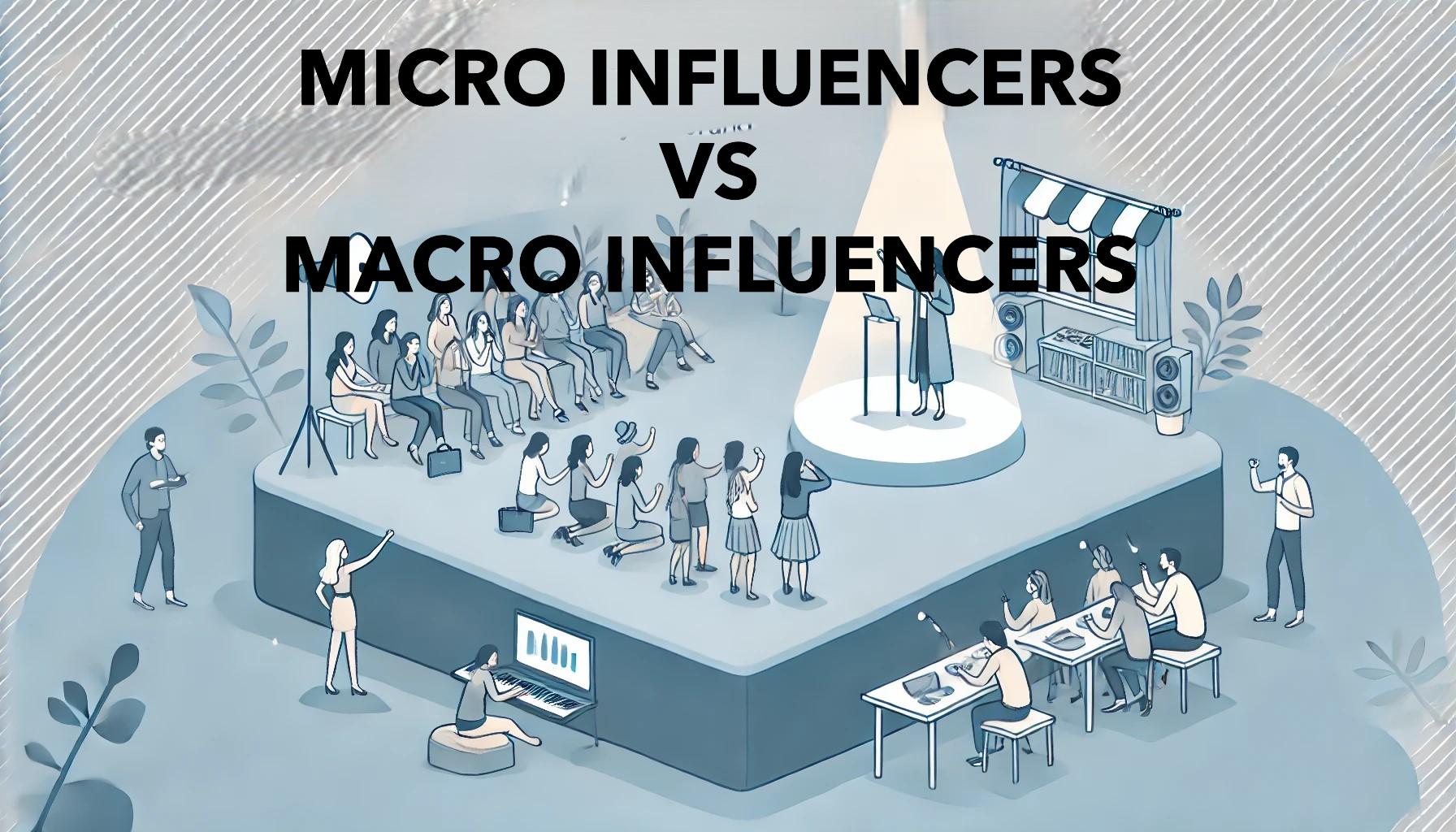Introduction
What is Micro-Influencer Marketing?
Micro influencers are the respective personalities with smaller but highly involved following, generally ranging the followers from 1,000-100,000. They emphasis on particular niches, developing their content that are highly relatable along with honest to their target audience base. Contrasting influencers personalities whose reach are majorly broader and influencers personalities who tend to have effective relations with their targeted followers that directly lead to higher term of engagement levels.
One of the fundamental advantages of the micro influencer marketing is refers to the key potential for different influencer revenue streams, as they perform with the niche target audience that highly value reality. Small organizations majorly benefit from such partnerships, as brands that work with this type of influencers can attain cost-effective advertisements while developing trust factor with their targeted customer base audience. For instance, beauty brands often collaborate with the micro influencers to represent their products and services in more personalized manner.
In relation to maintain the performance, the micro influencer campaign plan effectively tends to have higher term of conversion rates because to the honest connections and relations between the influencers, as well as, their target audience. Effective and successful campaign plan have been presented across sectors, from fashion to the technology, where the integrity of overall influencers plays an effective role in managing the customer base action. Moreover, this influencer marketing provides a reasonable but an effective strategy for organizations who are seeking impactful involvement.

What is Macro Influencer Marketing?
Micro influencers are the respective individuals with the personality of vast following, generally from hundreds to thousands to the millions. Such influencers majorly have personality standards and leading online presence, providing them the capability to reach a different target audience across channels. This influencer marketing is referring as the highly effective section for organisations for organization aims for wider level exposure, enabling them to intensify their message rapidly and directly reach customer base on the global division.
In the social media influencers environment, macro influencers play a significant role in developing trend and managing brand awareness. Leading brands effectively teamwork with them to inaugurate new services and productions, promote their wide-reaching channels to develop high buzz and maximize visibility. As this sort of the partnership is highly expensive, it provides key advantages like effective brand goodwill and the capability to expand into international field of the market area.
Successful and effective macro influencer campaigns are termed in sectors such as fashion, customer products, as well as, technology, where the influencers have supported boost organizational credibility, as well as, drive sales. For instance, leading technological sector brands often partners with the macro influencers to effectively promote launches of new products, producing millions of the impression in the short time. Moreover, this influencer marketing is highly supreme for organizations who are looking to effectively range their overall brand goodwill and connect with the wider set of the target audience.

Key Differences Between Micro vs. Macro Influencer Marketing
When effectively comparing the micro influencers with the macro influencers, various key differences arise, generally in relation of the target audience size, authenticity, engagement, as well as, price factor. Micro influencers effectively deal with smaller and niche target audience base, generally between 1000 and 100,000 followers. It directly led to higher term of engagement level as their respective content is seeming as highly personal, as well as, relatable. Contrasting, macro influencers have effective target audience in the millions, that give them the wider reach but effectively resulted in less involvement percentages because of more comprehensive nature of their overall content.
The price factor of partnering with the micro influencers is effectively less in comparison to the macro influencers. Organisations with effective marketing budgets might find the micro influencer partnership highly cost-effectiveness, as they can involve several sorts as micro influencers for the cost of the one macro influencer. On the other hand, macro influencers offer supreme visibility, generally for organizations who aim for global recognition, as well as, international experience.
Trust factor and reliability also vary between influencers. Micro influencers effectively develop personal relations with their followers and make their suggestions feel highly honest. This authenticity interprets into higher term of trust factor along with loyalty from their target customer base. Moreover, as macro influencers might not provide the similar term of familiarity, they expand at providing wider level of visibility that is highly ideal for organizations who are ideal for organizations who are seeking wider customer base.
Lastly, the key choice between the micro vs macro influencer marketing relies on the managerial targets. For positioning, engagement-driven campaign plans are followed, micro influencers are highly effective, while organisations seeking large scale credit that might benefit from performing with the macro influencers. Organizations such as Glossier have outshined with the micro influencer marketing, while international organizations such as Samsung have utilized macro influencer to effectively boost the launching of the products and international reach.
How to Choose the Right Influencer for Your Brand

When selecting between macro and micro influencers, organizations should consider various key factors to ensures effective fit for their marketing tactic. One of the key considerations is the brand partnership and which sort of the influencer perform effectively for their target customer base. If their organization is highly focused on the niche field of market area or highly particular consumer base segments, micro influencers might be highly effective in developing deeper relations with the potential base of audience. Contrasting, if the brands effectively aim for wider market area appeal, the respective macro influencers can support in reaching a large and diversified target customer base.
Their campaign goals are referring as the critical factor. If their target is awareness, the macro influencer with a wider reach might be highly ideal to increase brand visibility. Moreover, for involvement and driving higher conversions, the micro influencers can be highly effective because of their higher term of engagement level and effective connections with their followers. The budget constraints, as well as, scalability of their campaign also plays a vital role. Micro influencers are majorly more reasonable, enabling organizations to teamwork with various influencers in the similar budget. For wider level of campaigns, macro influencers need higher term of investment but can provide broader level of exposure.
It is also significant to ensure proper alignment with their brand values and the type of the products they are promoting. Micro influencers are effectively termed as highly authentic along with relatable that make them highly ideal for organizations that focuses trust factor and personal relations. Moreover, macro influencers can effectively support luxury and mass-market items and services for seeking broad appeal. Effective practices for promoting micro influencers cover developing long-term partnerships, motivating reliable content creation and emphasizes on engagement-driven framework to evaluate the success factor.

Measuring Success in Influencer Marketing
By effectively measuring the efficiency of the influencer marketing tactics is significant to suitably understand the overall impact of their campaigns. KPIs like engagement level, ROI, conversion rate and reach are highly significant metrics to monitor. Micro influencers generally expand into the engagement metrics, as their target audience are highly niche along with committed that are resulted in higher term of the interactions. Moreover, macro influencers might develop lower term of engagement rates but provide effectively broader reach, that is highly significant for the brand visibility.
There are various tools that are available to support in measuring the success factor of the influencer marketing strategies. It includes platforms like Google Analytics, effective influencer marketing tools and Instagram insights such as Traackr and HypeAuditor offers comprehensive metrics on the influencer performance. Such tools can monitor impression, sales conversion, as well as, engagement provide brands an effective aspect of the return on investment.
The research has shown how organization to evaluate the overall impact of their partnerships. For instance, the beauty sector organization partnering with various micro influencers monitored the growth in the sales along with engagement rate via discount codes, as well as, affiliate links, while the tech organization working with various macro influencers measure the success factor of campaign by evaluating the increase in the aspect of social media impression and global brand visibility. By effectively monitoring such KPIs, organizations can maintain their influencer marketing strategies for the future campaign.
Conclusion: Trends and Future Outlook
From the above analysis, it has been concluded that the influencer marketing effectively continue to develop, various emerging trends are suitably developing their future. The growth of authenticity, as well as, community-powered content recommends that the micro influencers will remain well-known for organizations who are seeking effective audience involvement along with trust factor. Furthermore, macro influencers will effectively continue to highly maintain large-level campaign, generally with higher integration of the international channels and video content such as YouTube, as well as, TikTok. Moreover, the key choice between the two types of influencers will relies on the brand size, target market and goals. As smaller and nice brands might find higher term of success factor with the micro influencer partnership that emphasizes on developing effective relationships while other large brand purpose for the wider awareness that will benefit from the macro influencer teamwork. Lastly, brand should, modify their influencer marketing strategies that are effectively based on their goals, whether it is for visibility and engagement.
FAQ
Question 1: How do I decide between micro and macro influencers for my brand?
The decision majorly relies on their campaign targets and budget. If they are aiming for higher term of involvement, as well as, personal relationships with the niche target customers, micro influencers are highly ideal who provide trust factors and targeted reach. For organizations who focuses on the global term of visibility and wider level of targeted audience attention, macro influencers are highly effective, generally for wider-level awareness. On the other hand, by considering their target audience, budget, as well as, campaign goals when selecting the type of the potential influencer.
Question 2: What are the main benefits of micro influencer marketing?
Micro influencers bring higher term of involvement, authenticity, as well as, cost-effectiveness and make them highly valuable for smaller organizations or those who targeting particular demographics. As their followers effectively see them highly relatable developing a positive sense of the trust factor along with loyalty. Furthermore, micro-influencers campaign are highly reasonable, enabling organization to perform with various influencers with the single budget to directly reach a different target audience base.
Question 3: Are micro influencers more cost-effective than macro influencers?
Yes, micro influencers are majorly more budget-friendly in comparison to the macro influencers. They effective charge less fees and make it highly achievable for the organization who perform with various micro influencers concurrently for different reach. This key approach can be highly cost-effective for the smaller organizations while the macro influencers need large-level investment but provide extensive reach that are ideal for the high-visibility marketing campaign and international brand awareness.

